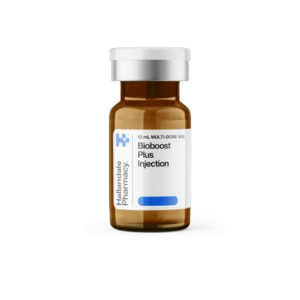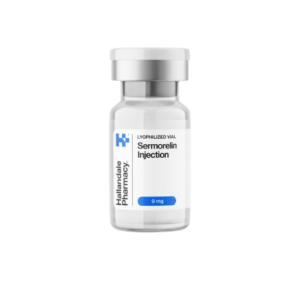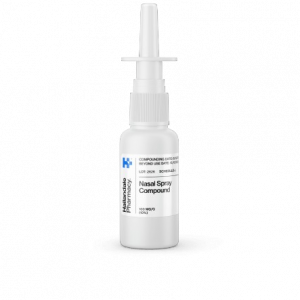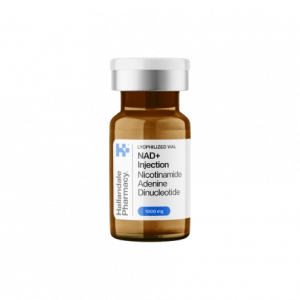Description
Vitamin D3 Injection is a medical form of vitamin D used to treat or prevent vitamin D deficiency. Vitamin D is essential for calcium absorption, bone health, immune function, and overall well-being. When individuals are unable to get enough vitamin D through sunlight or diet, or if you have medical conditions that affect vitamin D absorption, an injection can be an effective solution.
- Improves Bone Health: Helps the body absorb calcium, promoting strong bones and preventing bone-related disorders like osteoporosis.
- Boosts Immune System: Enhances immune function, reducing the risk of infections and chronic diseases.
- Supports Muscle Strength: Aids in maintaining muscle function and reducing the risk of falls in older adults.
- Improves Mood: May help alleviate symptoms of depression and improve overall mood.
- Reduces Inflammation: Has anti-inflammatory effects, which can benefit conditions like arthritis.
- Supports Heart Health: May contribute to better cardiovascular health by regulating blood pressure and reducing the risk of heart disease.
Uses:
Vitamin D Deficiency: For individuals with low vitamin D levels, especially those who are unable to absorb it effectively through their diet or sunlight.
Osteoporosis: In some cases, vitamin D3 injections are used to treat or prevent bone loss.
Chronic Conditions: Certain conditions like rickets, osteomalacia, or hypoparathyroidism may require vitamin D3 injections for proper management.
How it works:
Supports bone health: Vitamin D3 helps the body absorb calcium and phosphorus, both of which are necessary for strong bones and teeth.
Enhances immune function: Vitamin D plays a key role in regulating immune responses and reducing the risk of infections.
Regulates mood and well-being: Adequate levels of vitamin D are linked to improved mood and may help reduce the risk of depression.
Vitamin D3 injections are typically administered intramuscularly (into the muscle).
The dosing frequency of a Vitamin D3 injection typically depends on the individual’s vitamin D levels and the severity of the deficiency. Common regimens include:
- For deficiency: Vitamin D3 injections are often given once a week or once a month, depending on the prescribed dosage and healthcare provider’s recommendation.
- Maintenance dose: After correcting a deficiency, some individuals may transition to a maintenance dose, which could be once a month or every few months.
Self-administration of a Vitamin D3 injection:
-
Wash Hands: Start by thoroughly washing your hands with soap and water to prevent infection.
-
Prepare the Injection:
- Gather the necessary supplies: Vitamin D3 vial, syringe, alcohol swabs, and a clean cotton ball or gauze.
- Use an alcohol swab to clean the rubber stopper of the vial.
- Draw the prescribed amount of Vitamin D3 into the syringe. Make sure to expel any air bubbles.
-
Select Injection Site:
- Choose a muscle for intramuscular (IM) injections, typically the upper arm (deltoid) or thigh (vastus lateralis).
- Clean the skin with an alcohol swab at the chosen injection site.
-
Administer the Injection:
- Hold the syringe like a pencil at a 90-degree angle to the skin.
- Insert the needle swiftly and gently push the plunger to inject the Vitamin D3.
-
Withdraw the Needle:
- Once the injection is complete, withdraw the needle and apply pressure with a clean cotton ball or gauze to the injection site.
- If there’s any bleeding, apply a bandage.
-
Dispose of the Needle: Safely dispose of the needle and syringe in a proper sharps container.
If you’re unsure or uncomfortable with self-injection, consult with a healthcare provider for guidance.
Vitamin D3 injections are generally safe when used under medical supervision, but side effects can occur, especially if too much vitamin D is administered.
Common side effects may include injection site reactions, dizziness, or nausea.
Serious side effects are rare but can include elevated calcium levels (hypercalcemia), which can lead to kidney issues.






